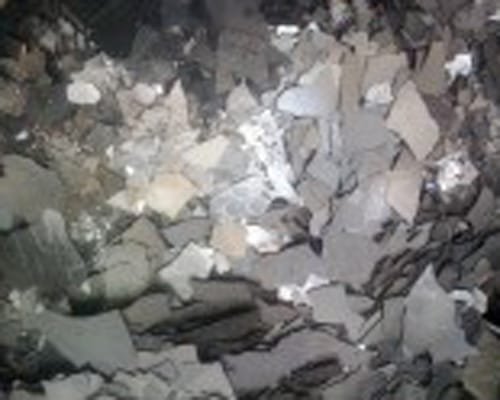Cerium Evaporation Materials Description
High-purity cerium evaporation materials are essential for producing high-quality deposited films in various deposition processes. TFM specializes in manufacturing cerium evaporating materials with purity levels reaching up to 99.95%. Our strict quality assurance measures ensure the reliability and consistency of these materials, making them ideal for demanding applications.

Cerium Evaporation Materials Specification
| Material Type | Cerium |
| Symbol | Ce |
| Color/Appearance | Silvery White, Metallic |
| Melting Point | 798°C |
| Density | ~6.70g/cc |
| Thermal Conductivity | 1 W/m.K |
| Coefficient of Thermal Expansion | 6.3 x 10-6/K |
Cerium Evaporation Materials Applications
Cerium evaporation materials are utilized in several deposition processes, such as semiconductor deposition, Chemical Vapor Deposition (CVD), and Physical Vapor Deposition (PVD). They are also employed in optics for applications like wear protection, decorative coatings, and display technologies.
Cerium Evaporation Materials Packaging
We handle our cerium evaporation pellets with utmost care to avoid any damage during storage and transportation, ensuring that their quality is maintained in their original condition.
Ordering Table
VD0541 Cerium (Ce) Evaporation Materials
| Material | Size | Quantity | Purity | Part Number |
| Cerium | 1mm - 3mm Pieces | 50 g | 99.9% | EVMCEX1-3MMB |
| Cerium | 2mm - 6mm Pieces | 25g | 99.9% | EVMCEX2-6MMA |
| Cerium | 2mm - 6mm Pieces | 250 g | 99.9% | EVMCEX2-6MMJ |


 MSDS File
MSDS File



Reviews
There are no reviews yet.